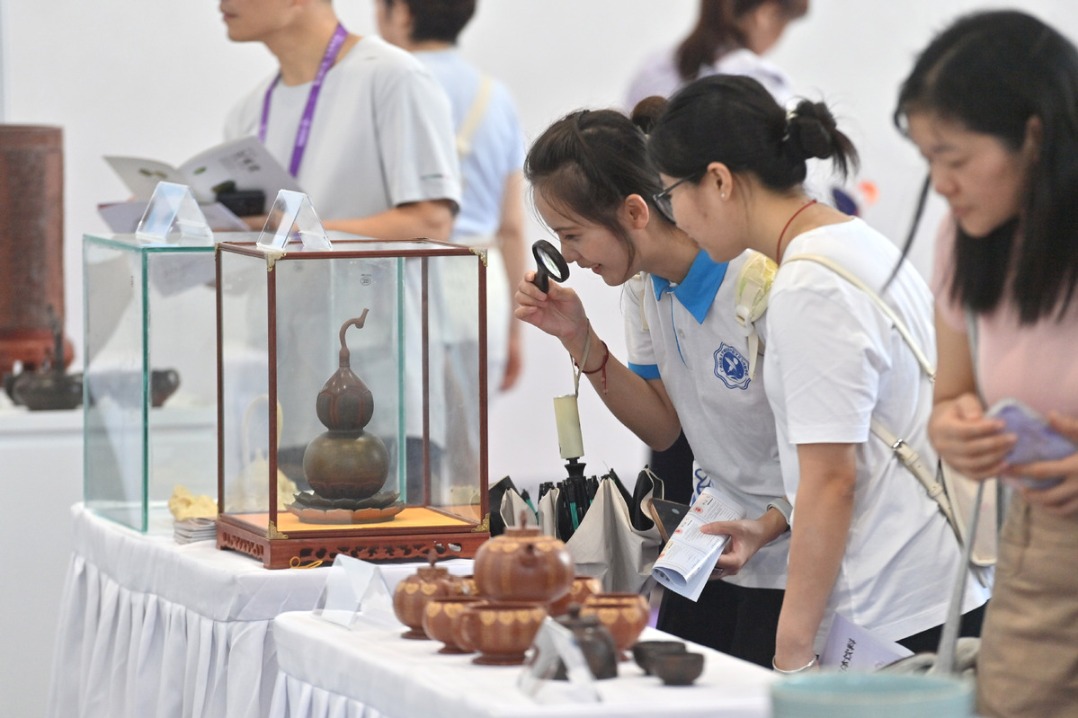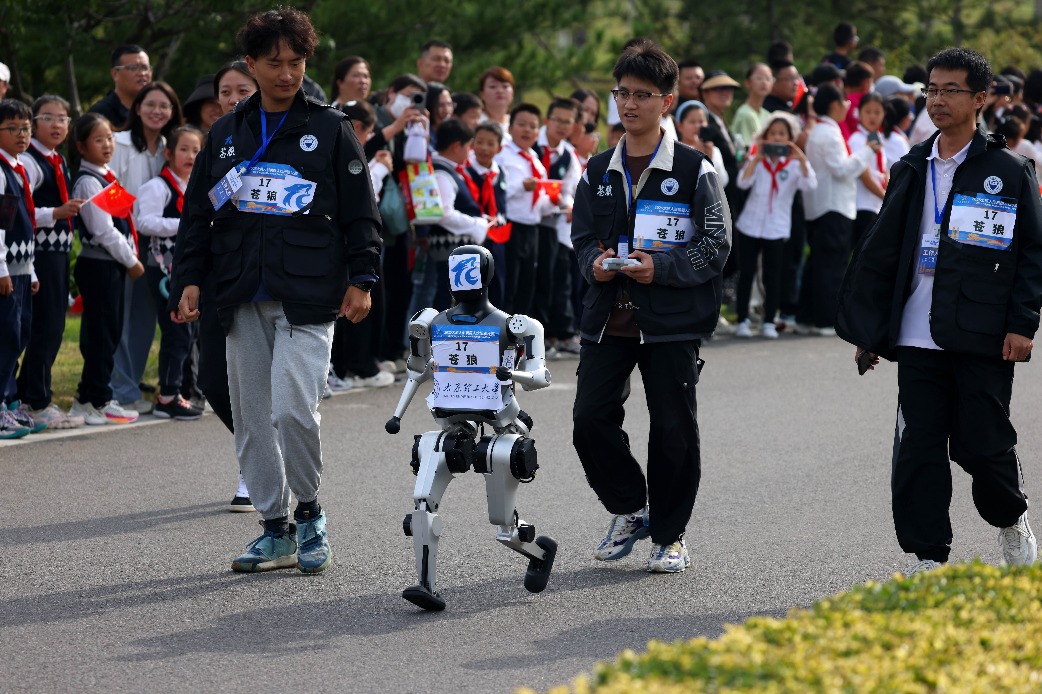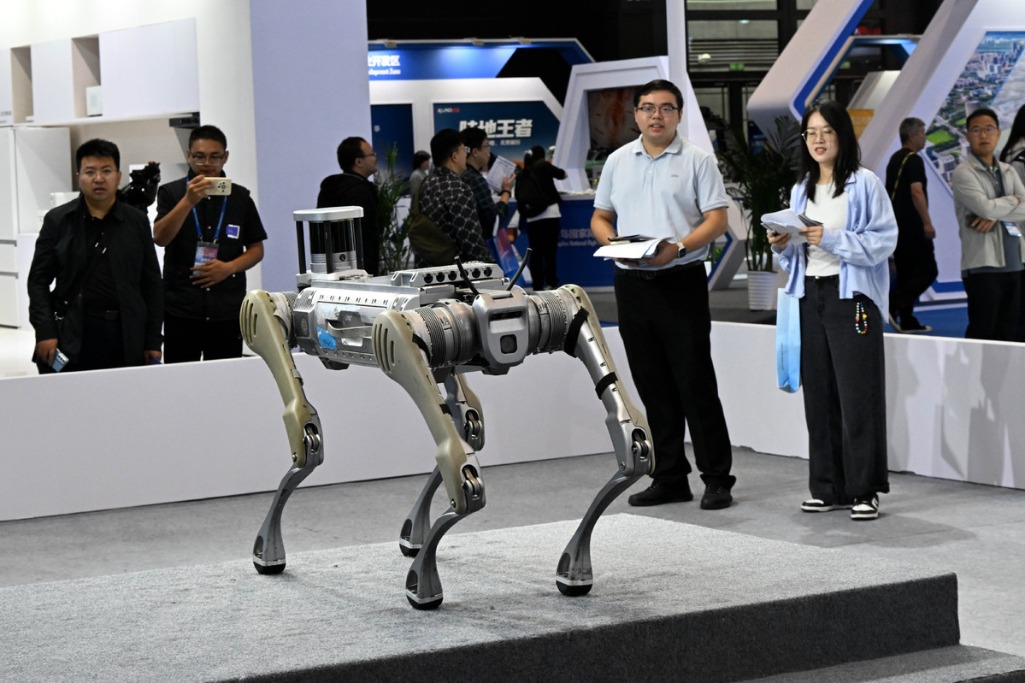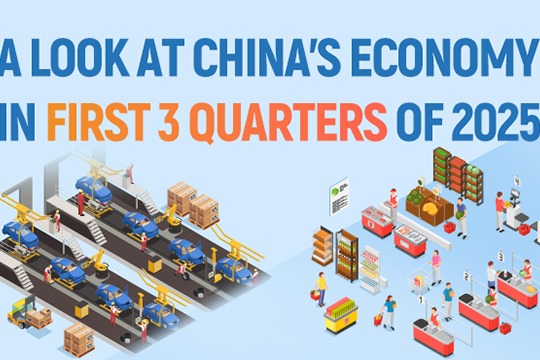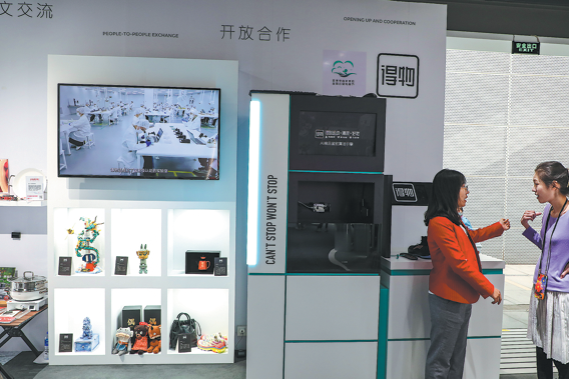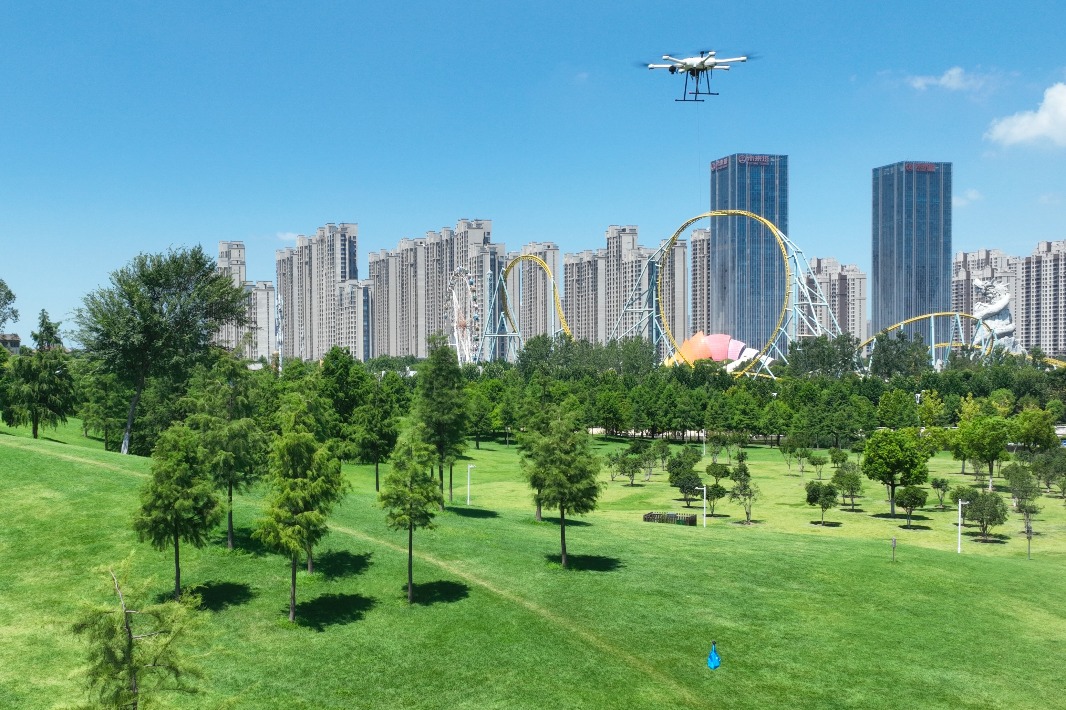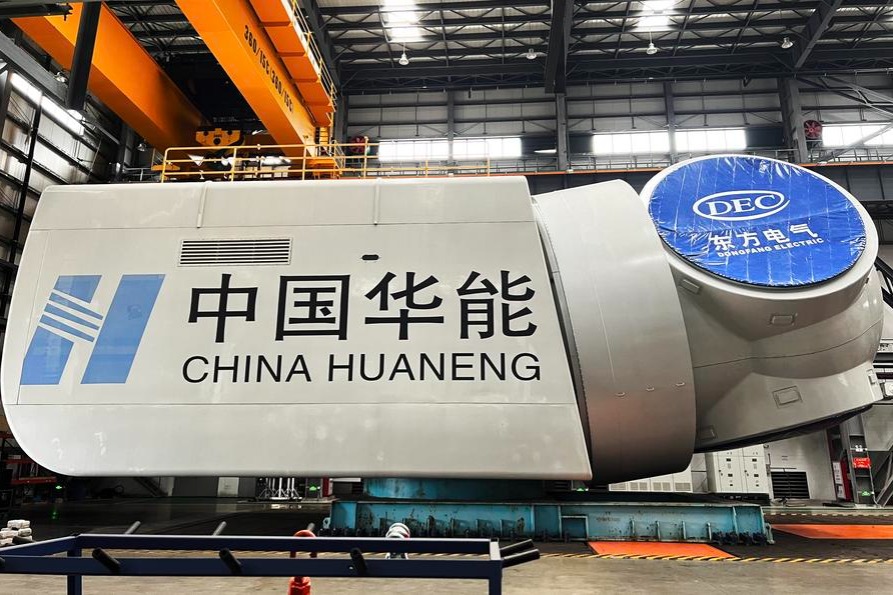Sino-Arabian ties focus on novel frontiers
Nation's tech, manufacturing prowess and Arab world's thrust on diversification creating new growth engines, experts say


This Chinese high-tech solution meets Saudi Arabia's needs from multiple dimensions, including climate adaptation, environmental compatibility and resource efficiency. It solves the pain points of traditional agricultural cultivation and has the potential for large-scale deployment, he said.
The sustainable agricultural solution for arid regions is truly a shining example of China-Arab States cooperation. China is helping transform the Arab world in a myriad ways — a consensus which emerged from the four-day biennial expo in late August.
This year's expo, the seventh edition of its kind, has seen participation from all 22 Arab nations for the first time.
In 2024, trade volume between China and Arab countries reached $407.4 billion, marking a 2.3 percent year-on-year increase and securing China's status as the Arab world's largest trading partner, data from the Ministry of Commerce showed.
Chinese exports to the region totaled $206 billion, while imports from Arab nations were $201.4 billion, demonstrating continued growth and mutual benefit in their economic and trade relations, according to the data.
In addition, China has signed Belt and Road cooperation documents with all the 22 Arab countries and the League of Arab States, under which more than 200 major projects have been implemented.
"The Arab countries are at a pivotal moment in their development, and China's expertise and resources make it an indispensable ally in this process," said Khaled Hanafi, secretary-general of the Union of Arab Chambers.
The two sides could strengthen their collaboration in priority areas such as the low-altitude economy, new energy, smart logistics and advanced manufacturing, charting new paths for mutually beneficial cooperation, Hanafi said.
In the vast, sunbaked landscapes of the Arab world, a new and unexpected sound is becoming more common: the quiet whir of unmanned aerial vehicles. This is the sound of a nascent but rapidly expanding frontier in China-Arab cooperation — the low-altitude economy.
With vast expanses of territory, relatively sparse populations and dispersed urban and rural settlements interspersed with vast desert landscapes, the Arab nations have provided an ideal testing ground and application scenario for China's burgeoning unmanned aerial vehicle industry, said Zhao Xudong, vice-president of the Ningxia Low-Altitude Economy Industry Association.
From oilfield inspections and photovoltaic panel cleaning to agricultural irrigation and large-scale performances to attract tourists — each of these solutions directly addresses the real-world demands of the Arab world, Zhao said.



















